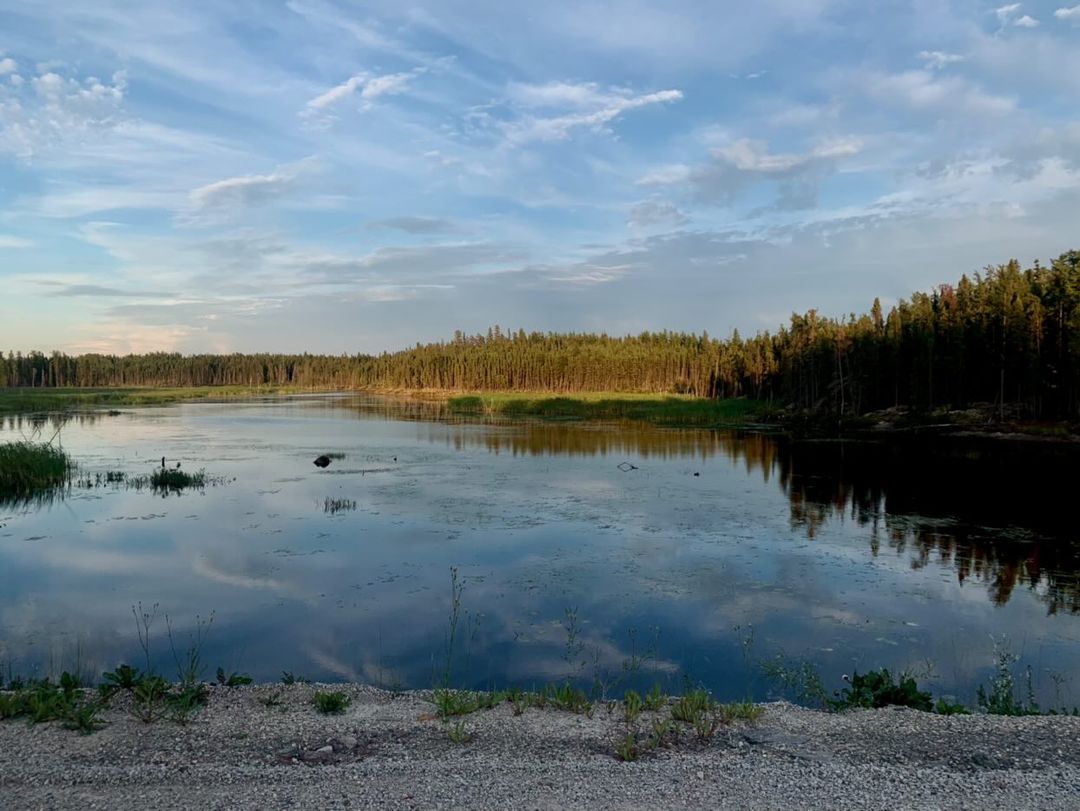Lasting conservation must actively involve people and partners linked to the natural systems we seek to protect, and their voices must be at the center of what we do. (www.nature.org)
As we head into conference season, our team reflected on the importance of having Indigenous voices actively participating in the conversations which will ultimately impact our Lands and Waters, and their protection.
As Indigenous professionals attending conferences in our fields over the years, we've experienced the good, the bad, and the misguided in terms of Indigenous inclusion. Organizations may have intentions of making space for Indigenous people to attend and participate in a conference, however, in our personal experiences, we are not always seeing that happen.
Jessica Keeshig-Martin, Senior Regulatory Specialist at SVS had this to say:
“It is important to understand the history and the practice of excluding Indigenous peoples in the area of education. Conferences are about education, knowledge sharing, and networking. They should be conducted in the spirit of addressing past mistakes and by what has been highlighted and reflected on in the TRC (Truth and Reconciliation Commission).”
In the spirit of reconciliation, the time is now to put words into action. When you are planning conferences this season, or even attending them, keep these ideas front of mind to bring Indigenous voices actively into the conversation:
- Make subsidies easily and readily available to Indigenous participants. The information should be shared widely and the process easy to follow. Have one person in your organization dedicated to managing subsidies to streamline the process.
- Follow through. If you are advertising subsidies or accommodations, be sure to follow through and make it happen. The more disingenuous your organization feels, the less trust we have going forward with partners. If you have one person dedicated to this role, it makes the process much easier!
- Daily opening remarks should include an Indigenous voice. Even when there are other voices present, there should be a variety of representation.
- Panels and discussions should include a diversity of approaches and viewpoints- including Indigenous partners. We have so much to learn about the conservation of Lands and waters from our Indigenous partners.
- Extra events in addition to speaking and presentations could focus on Indigenous businesses, experiences or learning opportunities, catering services could be provided by local businesses or First Nations.
- For conferences being held on traditional territories of Indigenous peoples, reach out to those communities to partner in the planning of the conference. When you partner in the initial phase, it makes collaboration and inclusion much easier.
- Including ceremony, like sunrise ceremonies in the morning and pipe ceremonies broadens the experience. Depending on how heavy the issue is, you could include healing and sweat ceremonies also as a way for people to feel cared for during the conference.
- Ask presenters and panelists: Have you partnered or reached out to the neighboring nations and started to form a partnership or tried to understand what their research objectives are? Make this part of the requirements to be included on the panel.
- Consider changing the structure of your conference to make space for conversation as opposed to presentations. This may allow for a diversity of opinions and viewpoints.
- If there is a conference planning committee that is focused on diversity and inclusion, consider inviting Indigenous representation to provide suggestions so that the actions are meaningful.
Happy conferencing all!
